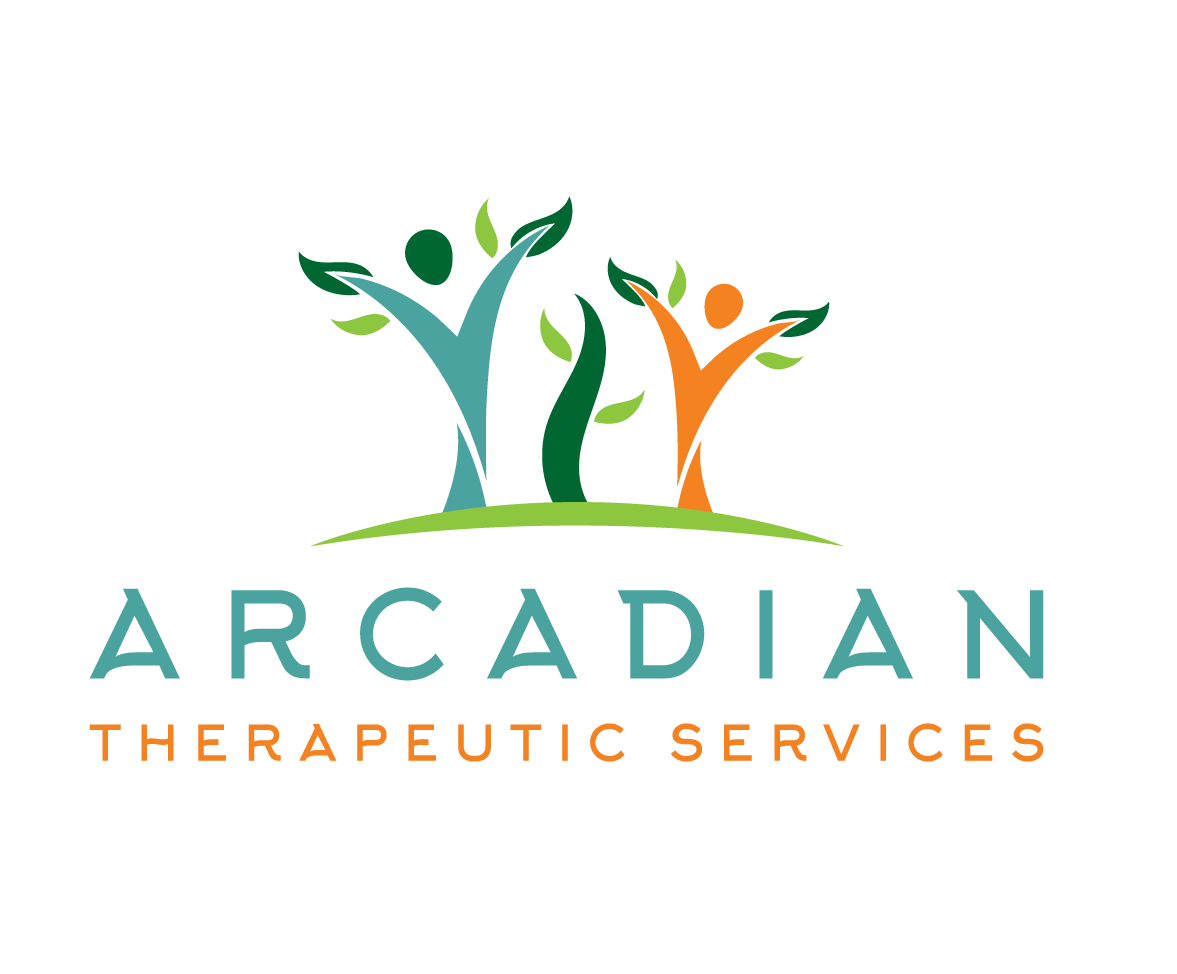Self-Care Tips for PTSD
Self-care is essential for individuals living with PTSD. Taking time for yourself and practicing self-compassion can make a significant difference in your healing journey.
Here are a few self-care tips:
Practice deep breathing exercises or mindfulness meditation to help manage anxiety and promote relaxation.
Engage in regular physical exercise, such as walking, jogging, or yoga, to reduce stress and improve overall well-being.
Establish a consistent sleep routine and prioritize getting enough restful sleep each night.
Maintain a balanced and nutritious diet to support your physical and mental health.
Limit exposure to triggers, such as certain sights, sounds, or situations that may worsen PTSD symptoms. Create a safe and comfortable environment for yourself.
Engage in activities that bring you joy and relaxation, such as hobbies, reading, listening to music, or spending time in nature.
Connect with supportive friends, family members, or support groups who understand your experiences and can offer a listening ear and empathy.
Set boundaries and prioritize self-care. Learn to say "no" when necessary and permit yourself to take breaks and rest.
Practice self-compassion and remind yourself that healing takes time. Be patient with yourself and celebrate small victories along the way.
Seek professional help and engage in therapy or counseling. A qualified therapist can provide guidance, support, and evidence-based treatments for PTSD.
Journaling can be a therapeutic outlet for processing emotions and thoughts related to your experiences. Write down your feelings or engage in creative writing to express yourself.
Incorporate relaxation techniques such as progressive muscle relaxation, guided imagery, or aromatherapy into your self-care routine.
Create a self-care toolkit that includes comforting items, such as stress balls, essential oils, a favorite book, or soothing music, to use during moments of distress.
Practice grounding techniques, such as focusing on your senses or repeating affirmations, to return to the present moment during flashbacks or intrusive thoughts.
Engage in activities that promote self-expression and emotional release, such as art therapy, dance, or playing a musical instrument.
